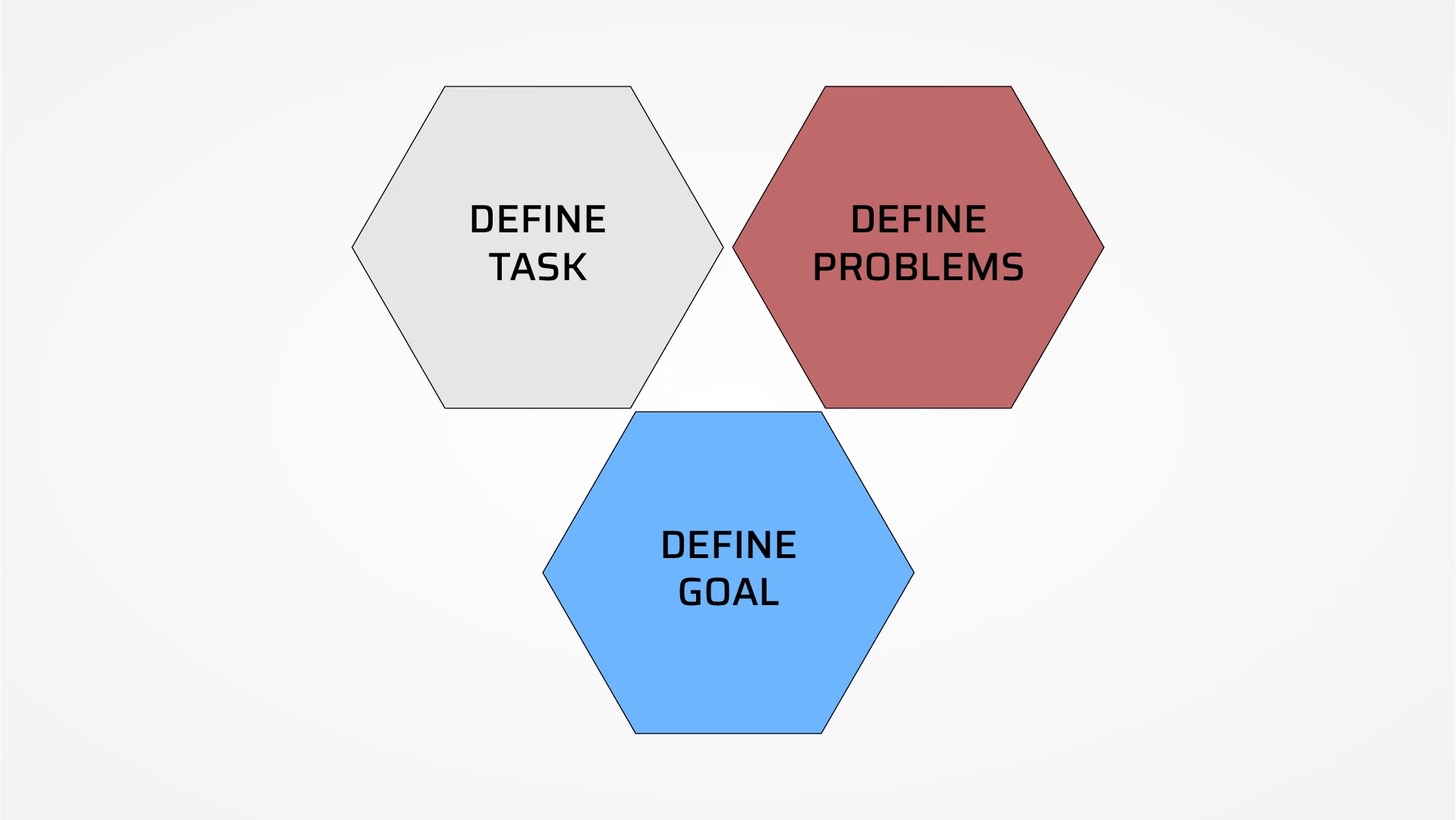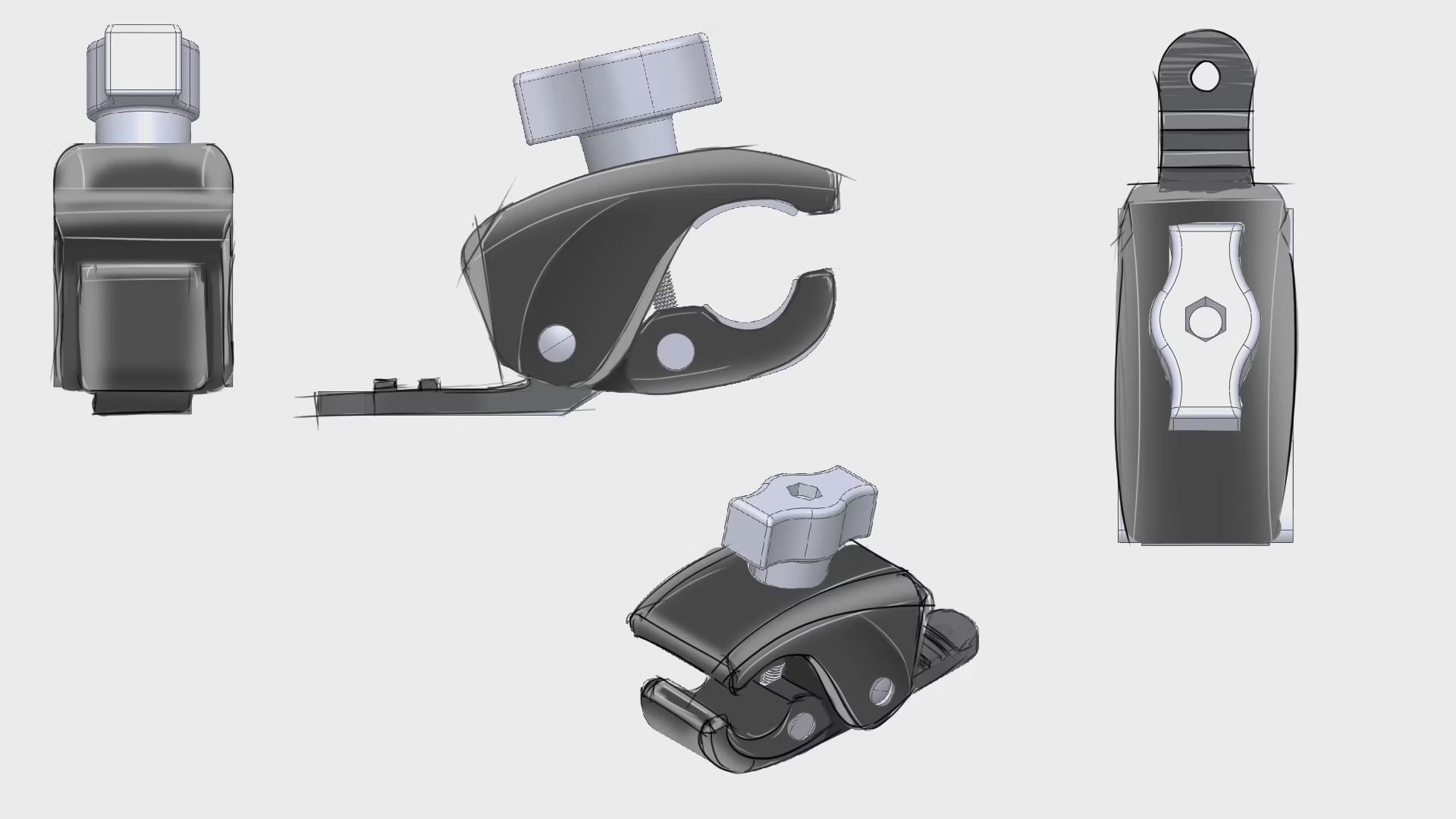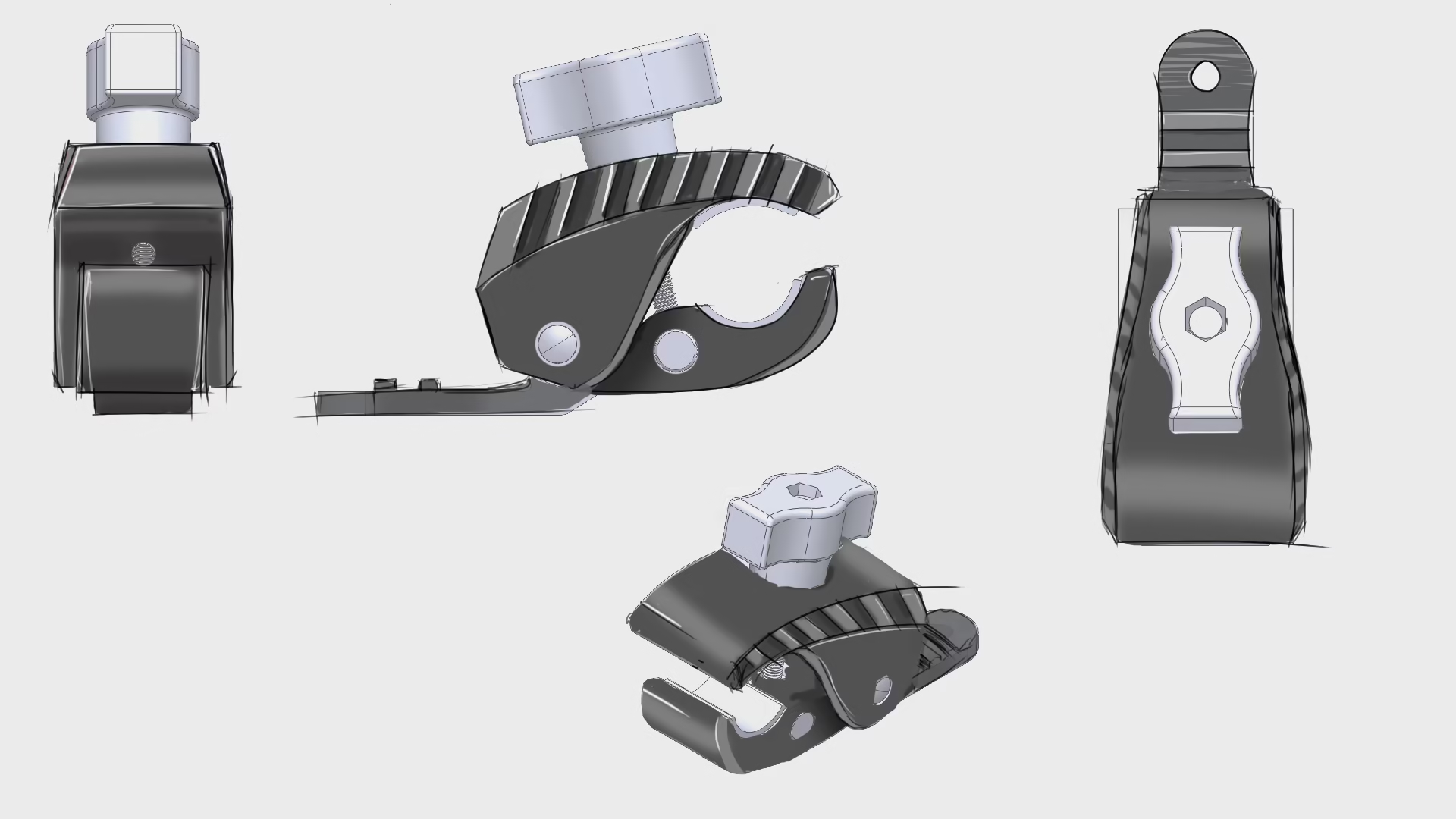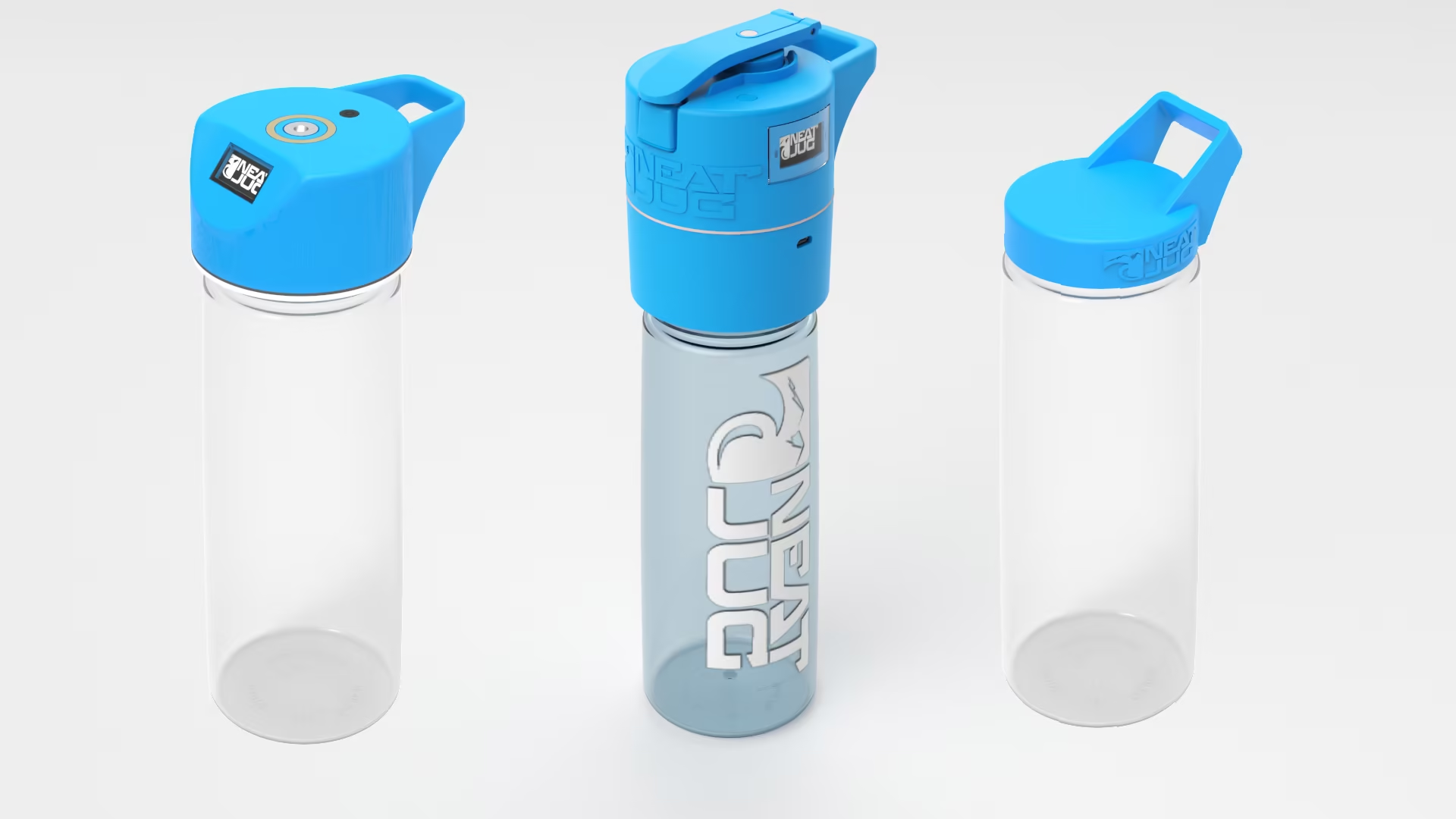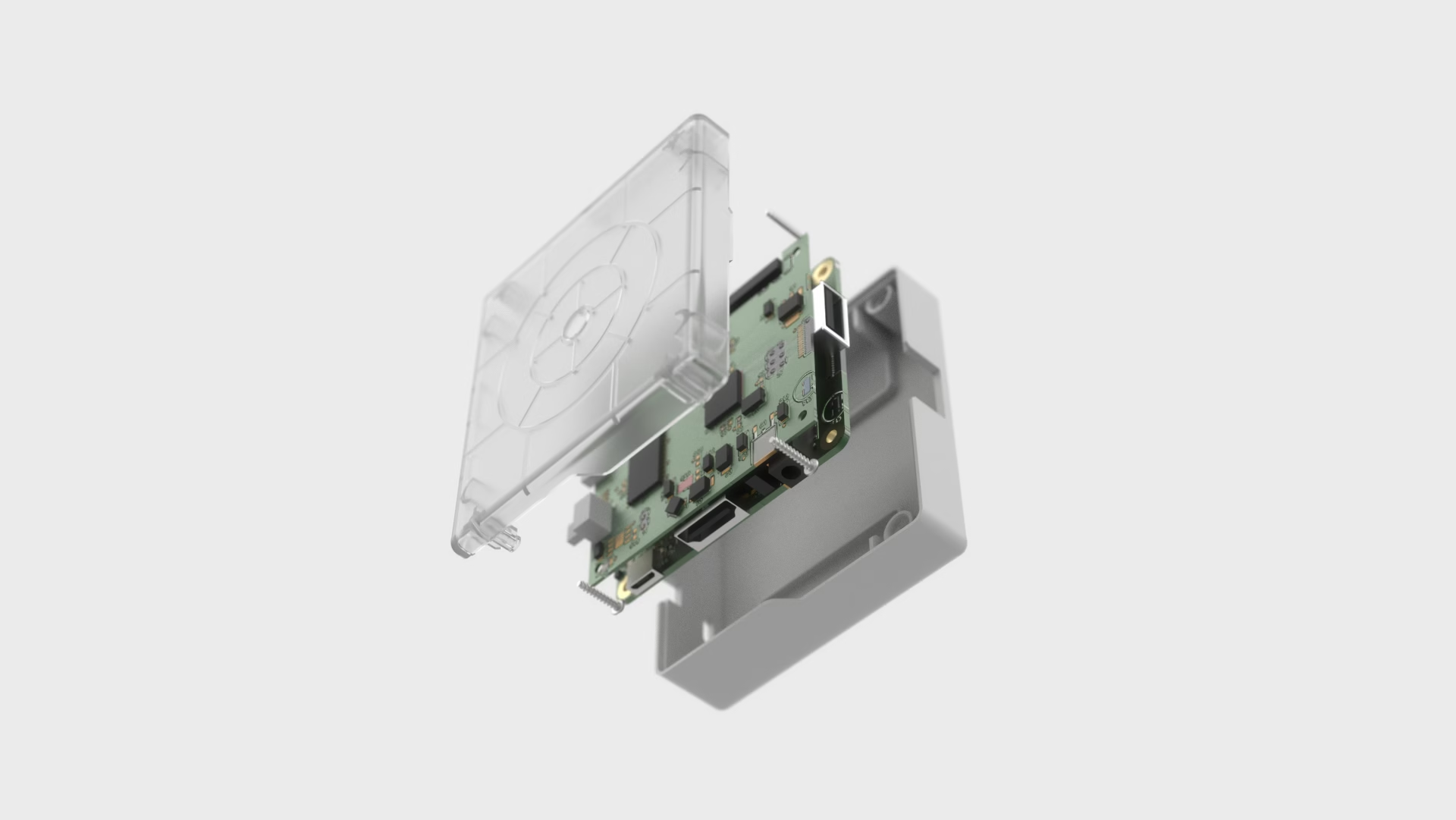The product designing process for hardware products is a complex, iterative and multifaceted process that requires a range of skills and expertise. At KDE, our team of experienced designers is dedicated to helping our clients bring their hardware product ideas to life. In our team we follow the next main steps in product design processes :
Concept Development - Define task, problems, and goal.
The first step in the product design process is understanding the needs and goals of the product. This includes identifying the target market, the intended use case, and any specific requirements or constraints that need to be considered. This time ask the right questions that can help to solve design problems in later stages.
Conceptual Design - Brainstorm and conceptualize
The goal of this stage is to take the design in the previous stage and turn it into a visual representation of the product that can be evaluated and refined.
To begin, we brainstorm and generate various ideas for the product design, based on the concept defined in the previous stage. These ideas include sketches, 3D renderings, and dummy CAD models of the product. We consider factors such as ergonomics, aesthetics, and manufacturability during this stage.
The design is also tested to ensure that it meets all relevant safety and performance standards. This may include conducting stress analysis, thermal analysis, and other simulations to ensure that the product will function properly and be safe to use. More about this you can read in our post about FEA.
This stage allows to identify and addresses any potential issues early on and makes sure the final design is user-friendly, functional, and feasible to produce.
Prototyping:
At this stage, we build a physical model of the product that can be used for testing, and evaluation and to gain feedback from stakeholders and customers.
The prototype may be created using various methods, such as 3D printing, CNC machining, and usually required manual assembly. The method used will depend on the complexity of the design, the materials used, and the desired level of accuracy.
Mostly, several prototypes are built and tested until the final design is reached. This allows us to quickly test different design options and identify any issues that need to be addressed. To achieve this, we use "fast and dirty" approach, where the prototype is built quickly and with minimal cost, in order to be able to iterate and test as soon as possible.
Once the prototype is created, it is thoroughly tested to evaluate its functionality, usability, and manufacturability. We are testing the product's performance under different scenarios, evaluating its user interface, and assessing its overall design. Also we evaluate the prototype's design for any issues that may arise during the manufacturing process.
Based on the results of these tests, the team makes adjustments to the design as needed.
Select and Finalize.
The goal of this stage is to ensure that the final design is fully developed, validated, and ready for mass production.
In this stage, we review the results of the prototyping stage and select the best design option. This includes evaluating the product's functionality, usability, and manufacturability, as well as considering factors such as cost, materials, and production time. Also, we consider any feedback received from stakeholders and customers during the prototyping stage.
Detail Design
The goal of this stage is to take the design developed in the previous stage and turn it into a detailed and accurate representation of the final product.
To begin, the team create detailed drawings and schematics of the product using CAD and ECAD software. These drawings include all necessary information, such as dimensions, tolerances, and materials.
Our engineers create a bill of materials (BOM) which is a list of all the parts, subassemblies, and raw materials needed to manufacture the product. This BOM is used as a reference by the manufacturing team to ensure that all components are readily available and that the product can be assembled and manufactured efficiently.
If requested, we can also create the necessary documentation for the product, such as instruction manuals, warranty information, and safety instructions to be included with the product. This documentation will be used for both internal and external purposes, such as to help the production team to build the product and for customers to understand how to use it.
Finally, the team will conduct a final review of the design and production plans to ensure that the product meets all the necessary safety and performance standards and that it is ready for mass production.
Once the detailed design is complete, it is the basis for the manufacturing process and the final product.
Production
In this stage, our team works closely with manufacturing to ensure that the product is produced according to the final design specifications and that all necessary components and materials are readily available. We establish quality control measures to ensure that each unit of the product meets the necessary standards and specifications.
Most often production process of the device that we design includes injection molding, CNC machining, and PCB assembly.
At KDE, we are dedicated to delivering top-quality hardware products for our clients. With our team of experienced designers and a focus on delivering results, we are confident that we can help bring your hardware product ideas to life. If you are interested in learning more about our design services, don't hesitate to reach out to us. We would be happy to discuss your project and how we can help bring your vision to reality.

